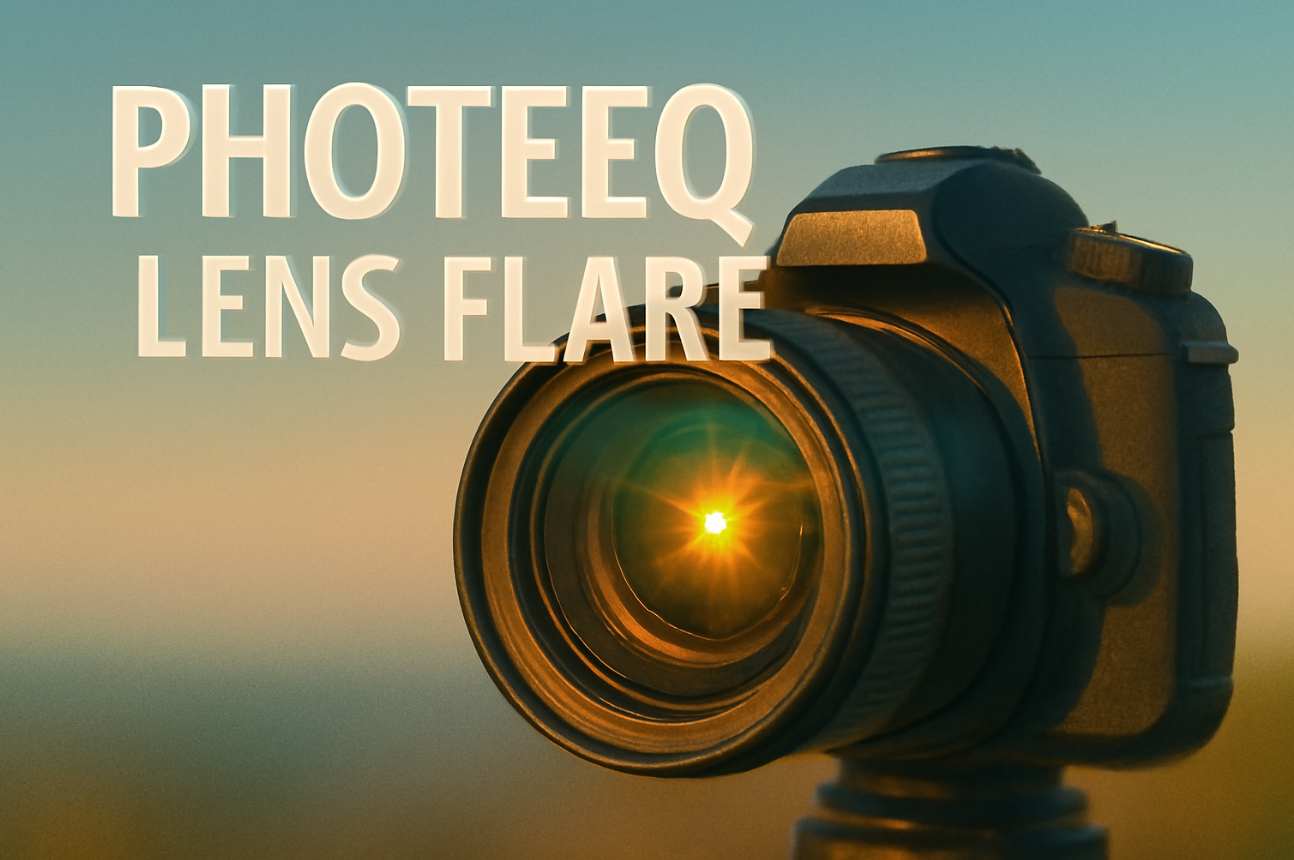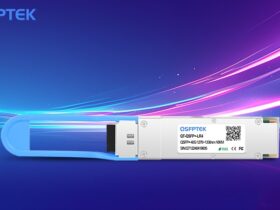Introduction: The Power of Lens Flare in Photography
In the world of photography, light is everything. The way it interacts with the subject, the environment, and the camera can dramatically affect the mood, tone, and overall impact of the image. One of the most captivating ways to harness light in your photos is through lens flare. When used effectively, lens flare can add a touch of warmth, drama, and cinematic flair that transforms an ordinary photograph into something truly spectacular.
However, mastering lens flare isn’t as simple as pointing your camera at the light source and hoping for the best. In the digital age, with tools like Photeeq Lens Flare, photographers can control and enhance these natural light effects, adding a professional touch to their photos with ease. Whether you’re a seasoned photographer or a beginner looking to up your photo editing game, understanding how to use Photeeq Lens Flare effectively can make a world of difference.
In this guide, we will explore everything you need to know about Photeeq Lens Flare, from its definition to how it can be used to create visually stunning images. We’ll cover the basics, the technical aspects, and practical tips for getting the best results. Whether you want to add warmth to a landscape shot or create a dynamic, cinematic feel, this article will show you how.
What is Photeeq Lens Flare?
Lens flare is a phenomenon that occurs when light enters the camera lens and reflects off internal elements, creating visible artifacts like halos, bright spots, or light streaks in the image. Traditionally, lens flare is something that many photographers try to avoid, as it can be seen as an unwanted distraction. However, when used deliberately, lens flare can add a sense of depth, realism, and atmosphere to a photo.
Photeeq Lens Flare is a modern tool that allows photographers to intentionally create and enhance this effect. Whether you’re working with natural sunlight or artificial light sources, Photeeq gives you the flexibility to adjust the intensity, direction, and placement of the flare, making it easier to achieve the desired look.
The Role of Lens Flare in Photography: Why It Matters
Adding Drama and Emotion
One of the most powerful aspects of lens flare is its ability to evoke emotion. When strategically placed, lens flare can infuse a photograph with a sense of warmth, nostalgia, or mystery. For instance, a sunset scene with the right amount of flare can make the viewer feel the warmth of the sun on their skin, while a flare shot through the branches of a tree can create an air of secrecy and allure.
By using Photeeq Lens Flare, photographers can control how much of this emotional effect is present in their work. With the right flare, a photograph can go from being a simple image to an immersive experience that tells a deeper story.
Creating Cinematic Effects
The cinematic look is something that many photographers and filmmakers strive to achieve. Lens flare has become an iconic element in films, particularly in action, sci-fi, and drama genres. Directors like J.J. Abrams are known for their signature use of lens flare, which adds a dynamic, almost ethereal quality to the visual narrative.
With Photeeq Lens Flare, you can easily replicate this cinematic effect in your photos. Whether you’re shooting portraits, landscapes, or cityscapes, adding a lens flare effect can give your images that “movie magic” look, instantly making them feel more polished and professional.
Highlighting the Light Source
Sometimes, the light itself is the star of the photo. Whether it’s the sun, streetlights, or the glow of a lamp, light can be a focal point in a photograph. Lens flare naturally draws attention to the light source, making it an effective tool for emphasizing specific elements in your composition.
By using Photeeq Lens Flare, photographers can accentuate the light source without overwhelming the entire image. This subtle enhancement can draw the viewer’s eye to the right place, adding to the composition’s visual interest.
How Photeeq Lens Flare Works: The Technical Side
To truly master Photeeq Lens Flare, it’s important to understand how it works. The tool provides a range of customizable options that allow you to create and manipulate lens flare effects.
Control Over Flare Intensity and Placement
With Photeeq, you can adjust the intensity of the lens flare, ensuring that it’s just the right amount to enhance your photo without overshadowing it. You can also control where the flare appears in the frame. This is particularly important for ensuring that the flare complements the overall composition rather than distracts from it.
Simulating Different Light Sources
Photeeq Lens Flare is designed to simulate various types of light sources, from harsh sunlight to soft, diffused lighting. By choosing the right settings, you can replicate natural flares from the sun, streetlights, or even artificial lighting setups, giving you the flexibility to experiment with different styles and moods.
Realistic Light Effects
One of the standout features of Photeeq Lens Flare is its ability to create realistic light effects. Unlike simple digital filters, Photeeq replicates the complex way that light interacts with the camera lens, resulting in more authentic-looking flares. This level of realism is essential for achieving a professional, cinematic look in your photos.
Tips for Using Photeeq Lens Flare Effectively
Now that we understand what Photeeq Lens Flare is and how it works, let’s explore some practical tips for using it to enhance your photos.
1. Start with a Clear Vision
Before you start adding lens flare to your photos, it’s important to have a clear idea of how you want the final image to look. Do you want a subtle effect that adds warmth to the photo, or do you want a dramatic flare that captures the viewer’s attention? Having a clear vision will help you choose the right intensity and placement for the flare.
2. Experiment with Different Angles
Lens flare works best when light enters the camera lens at certain angles. Experiment with different shooting angles to see how the flare changes. Try shooting towards the light source, at an angle to the light, or even behind the subject to see how the flare interacts with your scene.
3. Don’t Overdo It
While lens flare can add a lot of character to a photo, it’s important not to overdo it. Too much flare can detract from the subject of the photo and make the image feel cluttered. Use the Photeeq Lens Flare tool to subtly enhance the light rather than dominate the entire scene.
4. Match the Mood with the Right Type of Flare
Different types of flare can convey different moods. A soft, warm flare might evoke a nostalgic or romantic feel, while a harsh, sharp flare can create a sense of intensity or chaos. Use Photeeq Lens Flare to match the type of flare with the mood of your photo for maximum impact.
5. Consider the Composition
When adding flare to your photos, consider how it fits into the overall composition. The flare should complement the scene, not overwhelm it. Use the flare to enhance the natural lines and shapes in the image, guiding the viewer’s eye where you want it to go.
Real-World Examples: How Professionals Use Photeeq Lens Flare
To illustrate how Photeeq Lens Flare can be used to enhance your photography, let’s take a look at a few real-world examples from professional photographers.
Example 1: Landscape Photography
In landscape photography, lens flare can be used to create a dramatic effect, especially when shooting during the golden hour. By adding flare to the setting sun, photographers can enhance the warmth and beauty of the scene, giving the viewer a sense of depth and atmosphere. Photeeq Lens Flare allows landscape photographers to control the amount of flare and adjust the placement for a perfectly balanced shot.
Example 2: Portrait Photography
In portrait photography, lens flare can add a soft, ethereal quality to the image. A slight flare from the sun or a nearby light source can create a halo effect around the subject, adding a sense of warmth and intimacy to the photo. Photographers can use Photeeq Lens Flare to simulate natural sunlight, enhancing the subject’s features without distracting from them.
Example 3: Product Photography
For product photography, especially in e-commerce, lens flare can be used to highlight the product and create a more polished, professional look. By adding a subtle flare around the product’s light source, photographers can draw attention to the product’s key features, making it stand out in a crowded marketplace.
Conclusion: Elevate Your Photography with Photeeq Lens Flare
Photeeq Lens Flare is an invaluable tool for photographers looking to add drama, warmth, and cinematic flair to their photos. By understanding how lens flare works and experimenting with the Photeeq tool, photographers can transform their images from ordinary to extraordinary. Whether you’re shooting landscapes, portraits, or products, lens flare can help you capture the essence of light and emotion, creating images that resonate with your audience.
With its ease of use, versatility, and ability to simulate realistic light effects, Photeeq Lens Flare is a must-have tool for any photographer looking to take their craft to the next level. So, start experimenting today and see how lens flare can enhance your photos!
FAQs
What is Photeeq Lens Flare?
Photeeq Lens Flare is a photo editing tool that allows photographers to simulate and enhance lens flare effects in their photos, adding cinematic lighting and atmosphere.
How can I use lens flare in my photos?
Lens flare can be used to add drama, warmth, or a cinematic effect to your photos. It’s important to experiment with different intensities and placements to achieve the desired look.
Is lens flare always a good effect to use in photography?
Not always. Lens flare should be used carefully to avoid overwhelming the subject of the photo. When used subtly, it can add a lot of character, but too much flare can detract from the image.
Can I use Photeeq Lens Flare for product photography?
Yes! Photeeq Lens Flare can be used to highlight products in a subtle and polished way, drawing attention to key features without overwhelming the product itself.













Leave a Reply